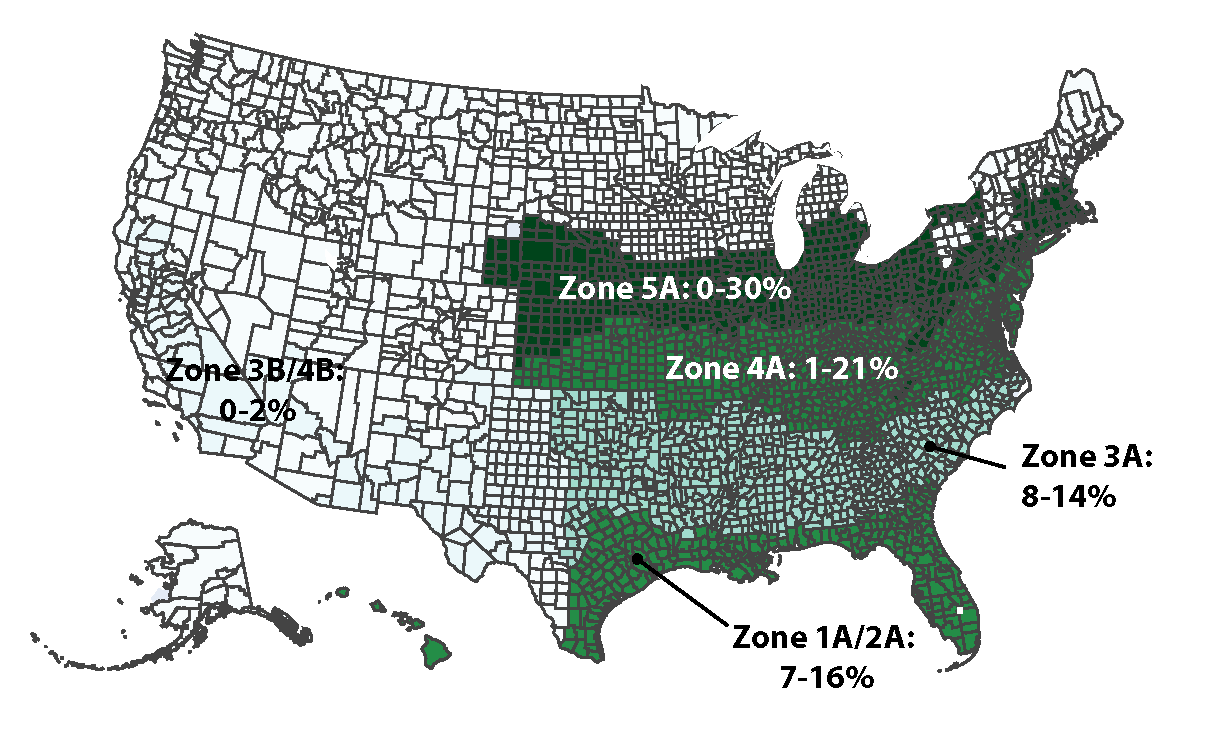Isothermal Dehumidification: Potential Home Energy Saver
From May 2022 ASHRAE Journal Industry News
Potential energy savings in the home is achievable by using isothermal dehumidification instead of conventional air conditioning systems, according to researchers at the U.S. Department of Energy.
The Washington D.C.-based researchers, Gregory P. Thiel and Christopher Atkinson, recently published a study in ASHRAE’s Science and Technology for the Built Environment that examines the role isothermal dehumidification devices play in reducing the energy and greenhouse gas (GHG) footprints of space cooling.
This technology-agnostic analysis provides fundamental, thermodynamics-based insight into where, when, and how isothermal dehumidification devices can reduce the energy and greenhouse gas footprints of space cooling.
Thiel and Atkinson spoke with ASHRAE Journal about the research and what it means for the future of building decarbonization.
What is the significance of this research?
In cooling interior spaces, dehumidification can represent a large portion of the total energy consumed—particularly in humid climates like the eastern and southern regions of the United States.
Most systems today dehumidify by condensing moisture, which requires overcooling the indoor air below the dew-point temperature. There is considerable energy to be saved by dehumidifying interior spaces without overcooling the air (sub-dew point) to remove moisture. In certain regions of the U.S., up to 30% of the annual energy used for space cooling could be saved through isothermal dehumidification.
How does the isothermal dehumidification process work?
Isothermal (or near isothermal) dehumidification can be affected by many processes, including membrane-based dehumidification and desiccants.
Why is it important to explore isothermal dehumidification now?
The International Energy Agency, a French-based organization that works with governments and industry to secure a sustainable energy future, predicts that without drastic energy efficiency improvements, one-third of all future growth in worldwide electricity demand will be used for space cooling alone. Most of this worldwide energy consumption demand growth is expected to be in hot, humid climates undergoing rapid urbanization, where dehumidification is a large portion of the cooling demand. As a result, drastic improvements in cooling energy efficiency are needed to reduce the rate of growth of greenhouse gas emissions.
What lessons, facts or guidance can an engineer working in the field take away from this research?
Technologies that can dehumidify isothermally, like membrane-based dehumidification, can save substantial amounts of building energy and should be further developed.
Were there any surprises or unforeseen challenges for you when preparing this research?
Being that actual AC system energy efficiency always depends on actual system specifics, it was difficult to perform a technology-agnostic analysis that shows potential without favoring a particular research and development path. Also, modeling the dehumidification demand was challenging because of the large variability in building stock design and condition, weather and climate nationwide.
We believe our approach yields a conservative, technology-agnostic assessment of the potential for isothermal dehumidification. The potential savings could be significantly higher—especially in more humid climates outside of the U.S.
How can this research further the industry’s knowledge on this topic?
We show the significant potential for energy savings by dehumidifying isothermally, that is, without cooling below the dew point. By showing this, we hope to spur industrial and academic R&D in this novel and important research space to permit significant energy reductions for HVAC.
What are the next steps for this research?
Broadly, further research on this topic would seek more granular estimates of the energy savings potential of isothermal dehumidification systems. Such work could include integrating isothermal dehumidification system models with building models or investigating effects of individual isothermal dehumidification system designs on the overall energy savings potential.

Estimate of potential energy savings through isothermal dehumidification.